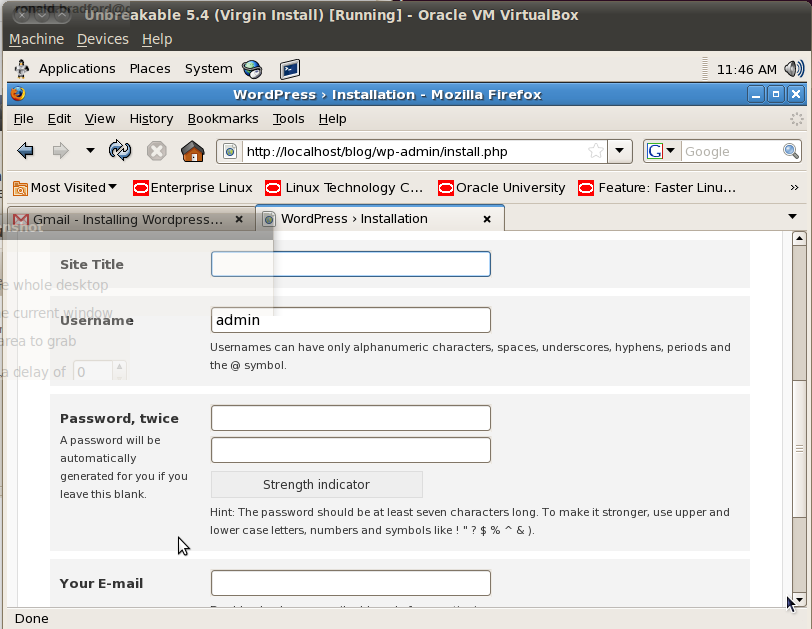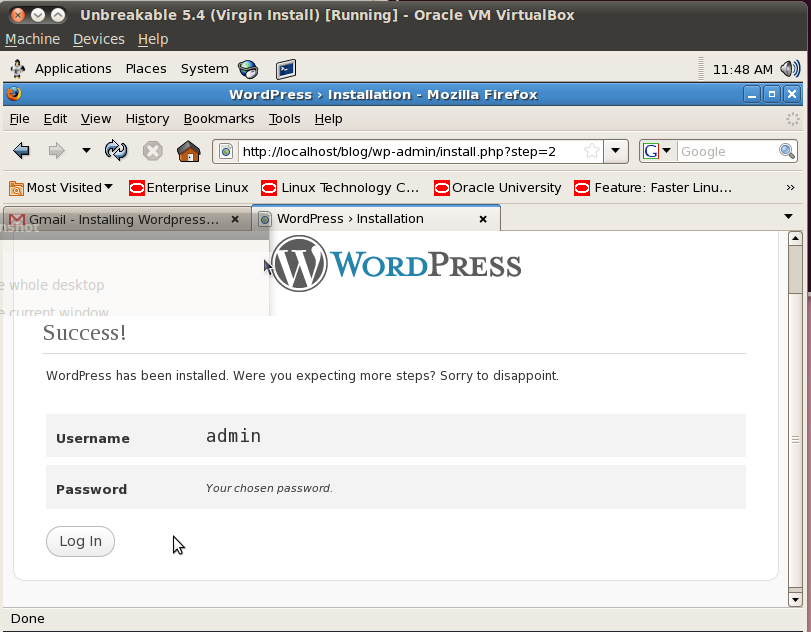One significant new feature of MySQL 5.5 is the Performance Schema. I recently performed an upgrade from 5.0 to 5.5, however my check of differences in the MySQL variables via mysqladmin variables failed because we now have a new record long variable name “performance_schema_events_waits_history_long_size”.
The full list of new performance_schema variables are:
> | performance_schema_events_waits_history_long_size | 10000 | > | performance_schema_events_waits_history_size | 10 | > | performance_schema_max_cond_classes | 80 | > | performance_schema_max_cond_instances | 1000 | > | performance_schema_max_file_classes | 50 | > | performance_schema_max_file_handles | 32768 | > | performance_schema_max_file_instances | 10000 | > | performance_schema_max_mutex_classes | 200 | > | performance_schema_max_mutex_instances | 1000000 | > | performance_schema_max_rwlock_classes | 30
Not really a big problem, and not a complaint, just no longer a simple diff.







